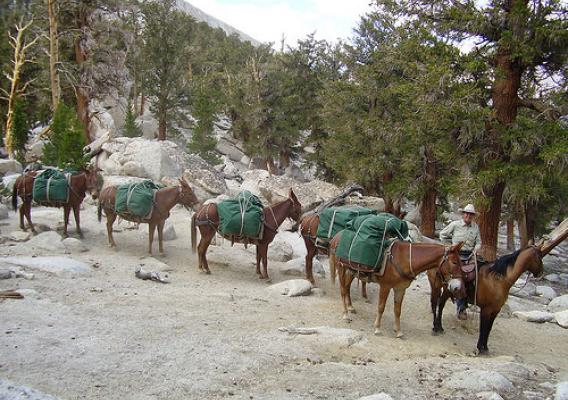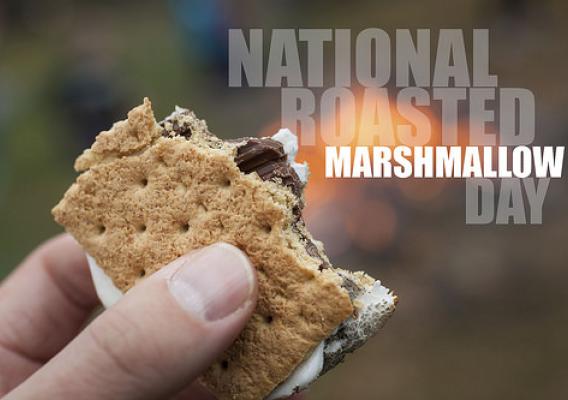This post is part of the Science Tuesday feature series on the USDA blog. Check back each week as we showcase stories and news from USDA’s rich science and research portfolio.
To celebrate National Hispanic Heritage Month, USDA’s Research, Education, and Economics mission area will highlight those who are making significant contributions to American agriculture.
Have you ever dreamed of having a beautiful, picturesque landscape as your “office” environment? Ever thought of learning the full spectrum of a potential career in public service? Students working with USDA’s Hispanic Association of Colleges and Universities (HACU) National Internship Program have that chance.
From every corner of the United States, HACU interns are experiencing the full range of opportunities USDA has to offer. The HACU National Internship provides students with paid internship opportunities at federal agencies, corporations, and non-profit organizations. These internships, 15 weeks in the Fall or Spring, and 10 weeks in the Summer, provide students with unique work experience and the host agencies with a valuable recruitment resource.









